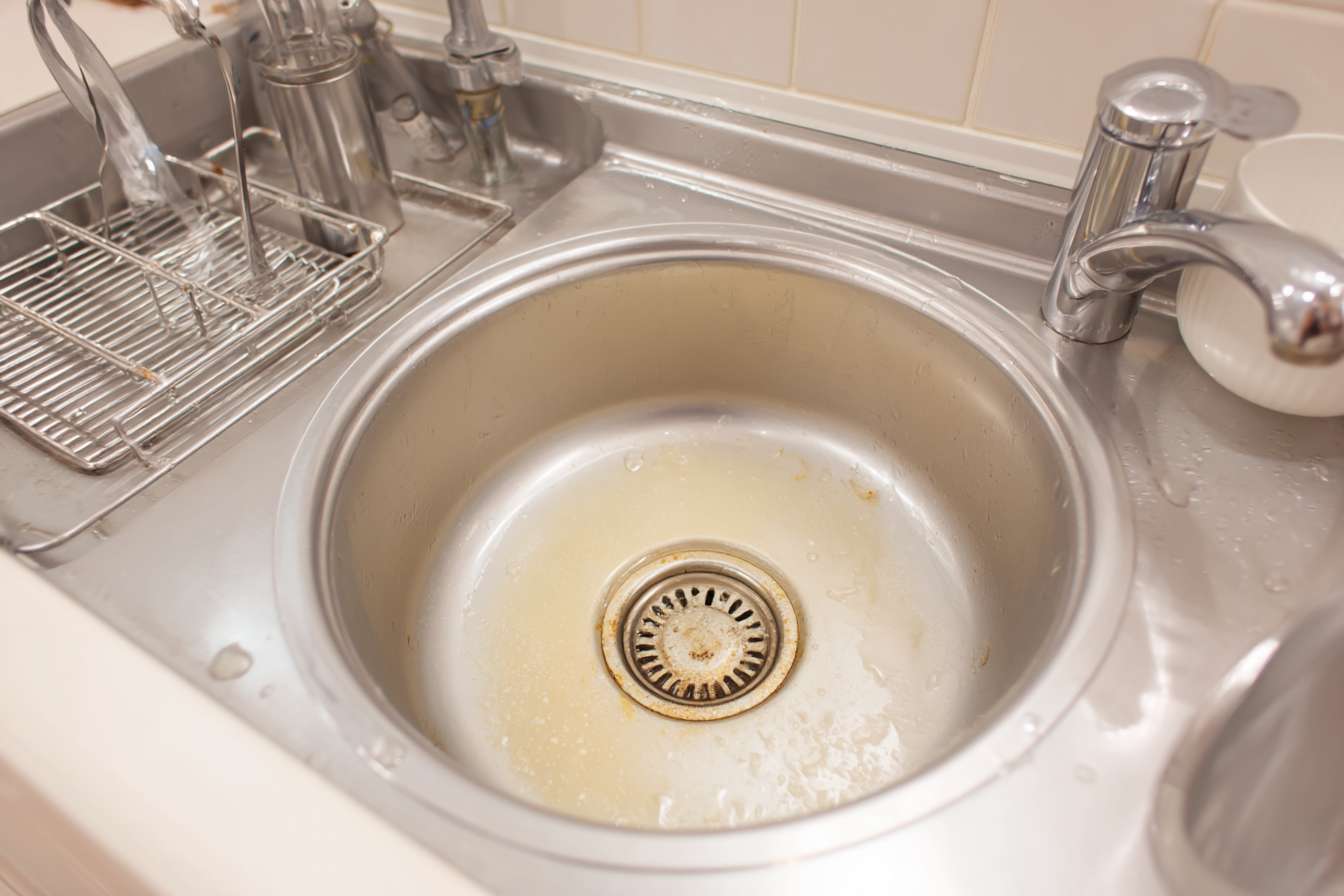Senior Living Options: Exploring Over 55 Cottages and 2-Bedroom Senior Homes
As adults approach retirement age, housing needs often change to accommodate new lifestyle preferences and potential physical limitations. Senior living options have evolved significantly beyond traditional nursing homes, with specialized communities designed for older adults who want to maintain independence while enjoying age-appropriate amenities and support. Over 55 cottages and 2-bedroom senior homes represent increasingly popular choices that balance privacy, community connection, and practical design features for aging adults. These housing options cater to various preferences and needs across the senior living spectrum.

Over 55 Cottages: Independent Living With Community Benefits
Over 55 cottages combine the privacy of detached or semi-detached homes with the advantages of age-restricted communities. These developments typically feature single-level living spaces designed specifically for older adults who are fully independent but wish to live among peers. Residents maintain their own private homes while gaining access to shared amenities that foster community connections.
Most over 55 cottage communities offer maintenance-free living, with exterior upkeep, landscaping, and sometimes even interior repairs managed by the community. This arrangement allows residents to enjoy homeownership without the physical demands of property maintenance. Common amenities in these communities often include clubhouses, fitness centers, swimming pools, walking paths, and organized social activities that promote an active, engaged lifestyle among residents.
2-Bed Senior Homes: Perfect Spaces for Downsizing Seniors
Two-bedroom senior homes represent an ideal solution for older adults transitioning from larger family homes but still wanting adequate space for visiting family, hobbies, or home offices. These units provide a comfortable compromise between the excessive space of a family home and the potentially confining feel of a small apartment.
The second bedroom in these homes serves multiple functions—as a guest room for visiting family, a dedicated hobby space, or a home office. This versatility makes these spaces particularly appealing to seniors who are downsizing but unwilling to sacrifice the flexibility of having multiple rooms. Additionally, many seniors appreciate having space for a caregiver if assistance becomes necessary, while still maintaining separate personal living areas for privacy and independence.
Senior Living 2-Bedroom Options: Variety and Flexibility
The market for 2-bedroom senior living accommodations spans a remarkable range of options, from independent living apartments to assisted living suites. This variety allows older adults to select housing that precisely matches their current needs while potentially accommodating future changes in health or mobility.
In independent living communities, 2-bedroom units typically feature full kitchens, private balconies or patios, and open floor plans designed for easy navigation. Assisted living facilities may offer similarly sized 2-bedroom configurations but with added safety features and proximity to care staff. Continuing Care Retirement Communities (CCRCs) provide the advantage of offering 2-bedroom options across multiple levels of care, allowing residents to remain in the same community even if their care needs increase over time. This continuum approach reduces the trauma of relocation when health circumstances change.
Senior Houses: Age-Friendly Design Features
Modern senior housing incorporates thoughtful design elements that promote safety, accessibility, and comfort for aging residents. These features make daily living easier while potentially extending the period during which seniors can live independently.
Common age-friendly design elements include single-level layouts that eliminate the need for stairs, wider doorways and hallways to accommodate mobility devices, lever-style door handles instead of knobs, walk-in showers with grab bars, adjustable-height countertops, and enhanced lighting systems. Many senior homes also feature emergency response systems, smart home technology for remote monitoring, and strategic placement of electrical outlets at higher levels to reduce the need for bending. These design considerations not only improve safety but also maintain dignity by enabling residents to perform daily tasks independently for longer periods.
Senior Citizen Homes: Options Across the Care Spectrum
Senior living encompasses a broad spectrum of care levels, from fully independent living to comprehensive nursing care. Understanding the distinctions between these options helps older adults and their families make appropriate housing decisions based on current and anticipated needs.
Independent living communities cater to active seniors who need no daily assistance but want convenience and social opportunities. Assisted living provides moderate support with activities of daily living while promoting independence in a residential setting. Memory care offers specialized environments for those with dementia or Alzheimer’s disease. Skilled nursing facilities provide 24/7 medical supervision for those with complex health conditions. Many senior housing providers now offer multiple levels of care within single campuses, allowing residents to transition between care types as needs change without leaving their community.
Senior Living Housing Costs and Considerations
The cost of senior living varies significantly based on housing type, location, amenities, and included services. Independent living options typically have lower monthly costs compared to those providing higher levels of care and assistance.
| Housing Type | Average Monthly Cost | What’s Typically Included |
|---|---|---|
| Over 55 Cottages | £1,500-£3,000 | Property maintenance, community amenities, some utilities |
| Independent Living 2-Bedroom | £1,800-£3,500 | Meals, housekeeping, activities, transportation |
| Assisted Living 2-Bedroom | £3,000-£5,000 | Above plus personal care assistance, medication management |
| Memory Care 2-Bedroom | £4,500-£6,500 | Specialized care, secured environment, therapeutic programs |
Prices, rates, or cost estimates mentioned in this article are based on the latest available information but may change over time. Independent research is advised before making financial decisions.
When evaluating senior housing options, consider not only current needs but also how the community can accommodate changing requirements over time. Many seniors benefit from communities that offer a continuum of care, allowing them to age in place even as health conditions evolve. Financial considerations should include not just monthly fees but also entrance fees, potential care cost increases, and available financial assistance options.
Senior living communities continue to evolve, with increasing emphasis on creating vibrant, engaging environments that support physical, social, and emotional well-being throughout the aging process. For many older adults, these specialized housing options provide an ideal balance of independence, community connection, and appropriate support.
This article is for informational purposes only and should not be considered medical advice. Please consult a qualified healthcare professional for personalized guidance and treatment.




